Farming activities are in full swing across China in early spring. In Chenzhou, central China's Hunan Province, smart production lines at fertilizer storage facilities are running at full capacity, ensuring ample supplies for the spring planting season.
To streamline the distribution process, Suxian District in Chenzhou has launched a direct delivery service for agricultural materials. By integrating the entire supply chain, agricultural materials can be directly delivered to village-level service stations.
Additionally, tailored delivery services have been introduced for large-scale grain growers to make sure agricultural materials reach the fields promptly and efficiently.
In Fuping County of Weinan, northwest China's Shaanxi Province, sluice gates have been opened to ensure a smooth and orderly spring irrigation process. Meanwhile, in Dali County, the fields are bustling as drones and other modern agricultural machinery are being used for weeding and fertilization.
The Qarhan Salt Lake in Golmud, Haixi Mongolian and Tibetan Autonomous Prefecture in northwest China's Qinghai Province, stands as China's largest base of potash fertilizer production. To support the spring farming season, China Railway Qinghai-Xizang Group has launched a "green channel" for potash fertilizer transportation to ensure fertilizer supply.
Off the coast of Rongcheng, east China's Shandong Province, workers have been navigating boats on the Lidao Bay Marine Ranch, marking the start of the marine farming season. Rongcheng, known as the "kelp capital of China," is a major kelp breeding area in the country. Local farmers have begun planting kelp seedlings and replacing buoys with the arrival of spring, setting the stage for a productive season.
At the Yahu terraced fields in Maoyang township of Wuzhishan city, south China's Hainan Province, locals are carrying out spring plowing activities. In recent years, the local government has leveraged the terraces' natural advantages to develop a diverse agricultural ecosystem, integrating rice farming, cultural experiences, and rural tourism to drive rural revitalization.
(Reported by Lu Yi, Dang Tianye, Liu Yang, Wang Jiaoni, Li Xinjun, Li Yufan, Chang Bo, Lin Shisi; Edited by Ma Yuxuan)








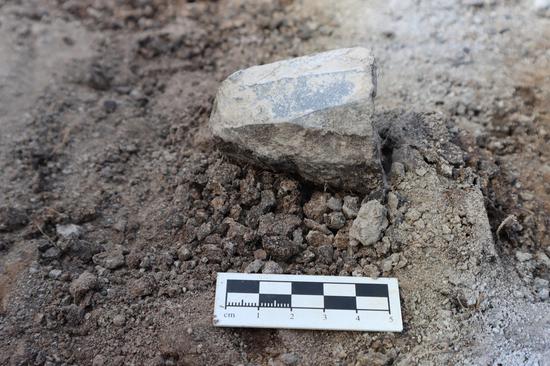
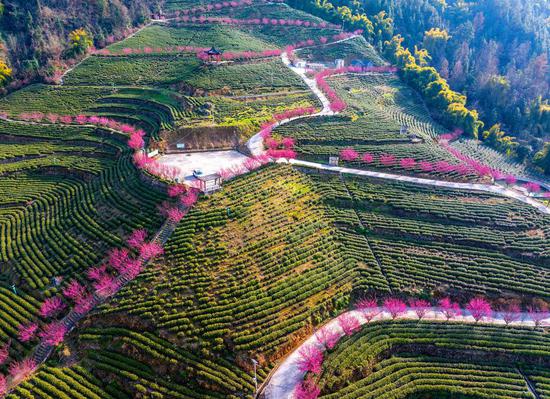





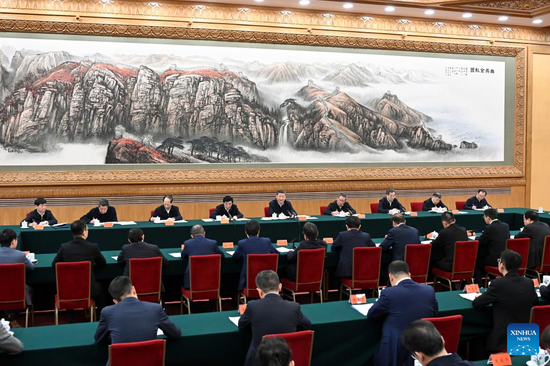
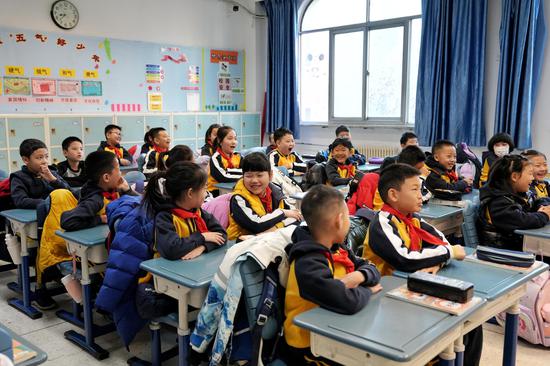
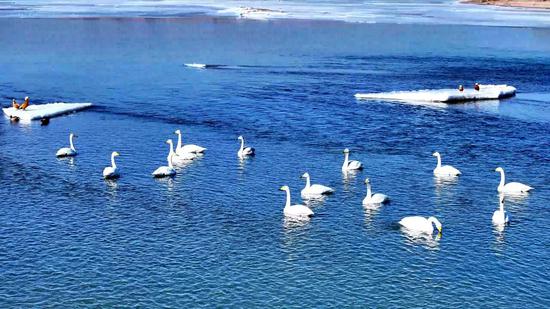

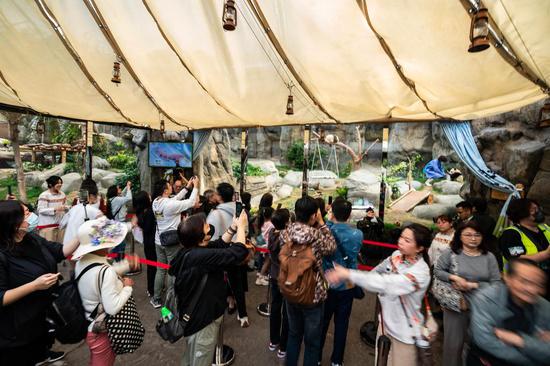



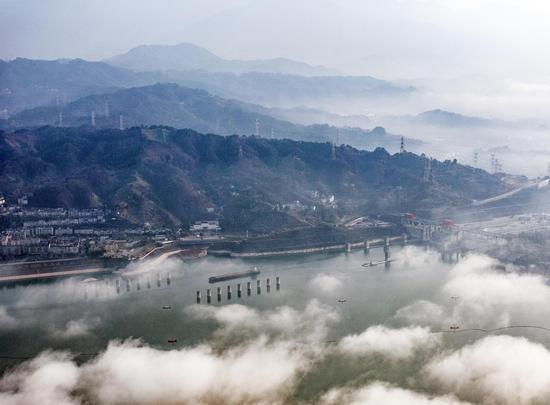
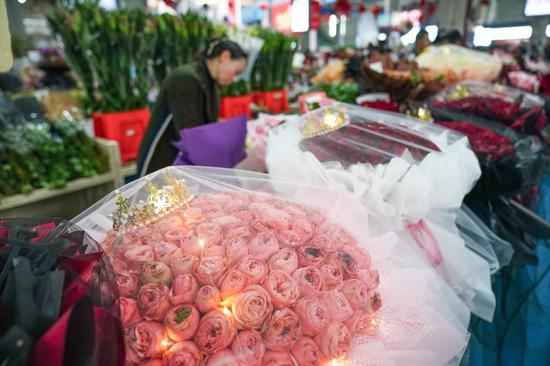


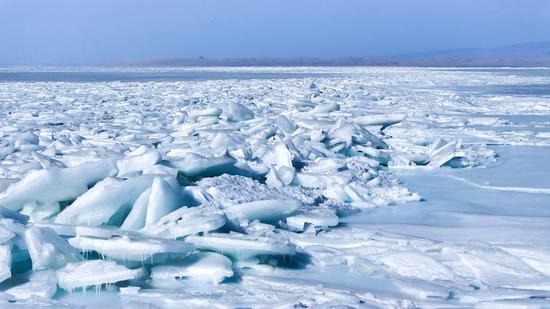

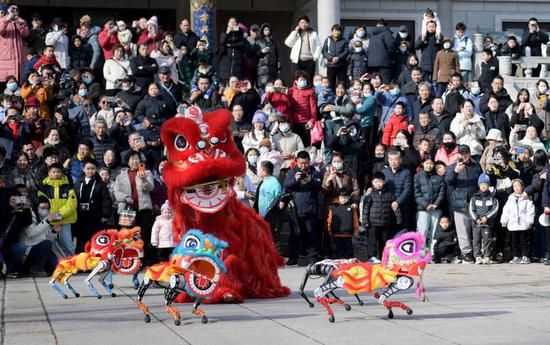
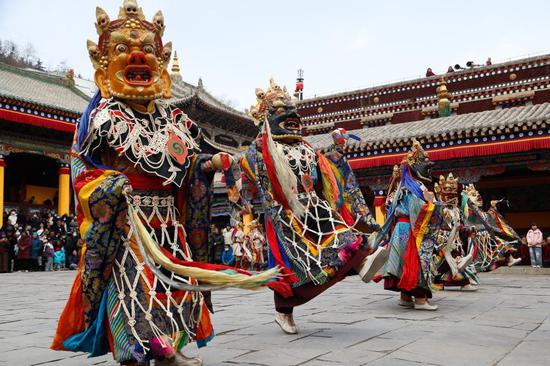








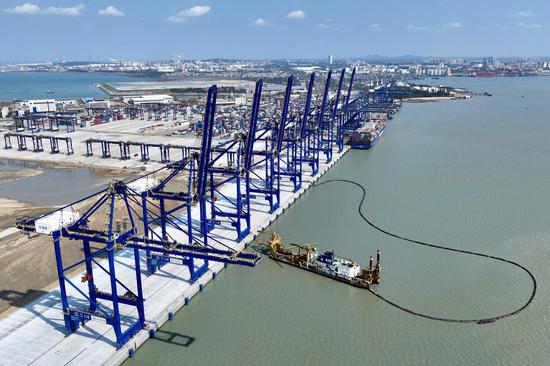



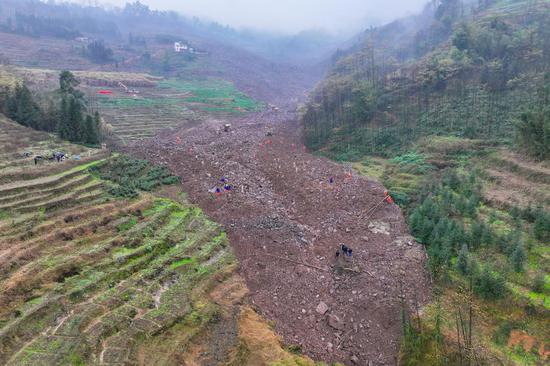
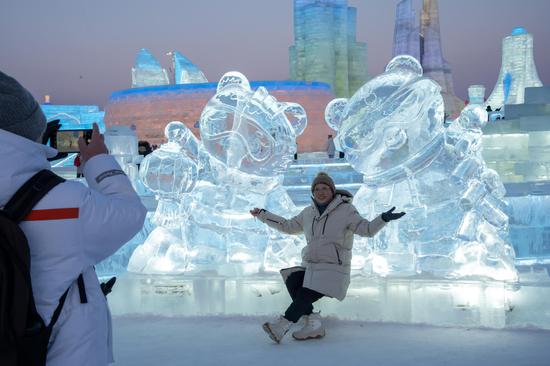





 京公网安备 11010202009201号
京公网安备 11010202009201号